-
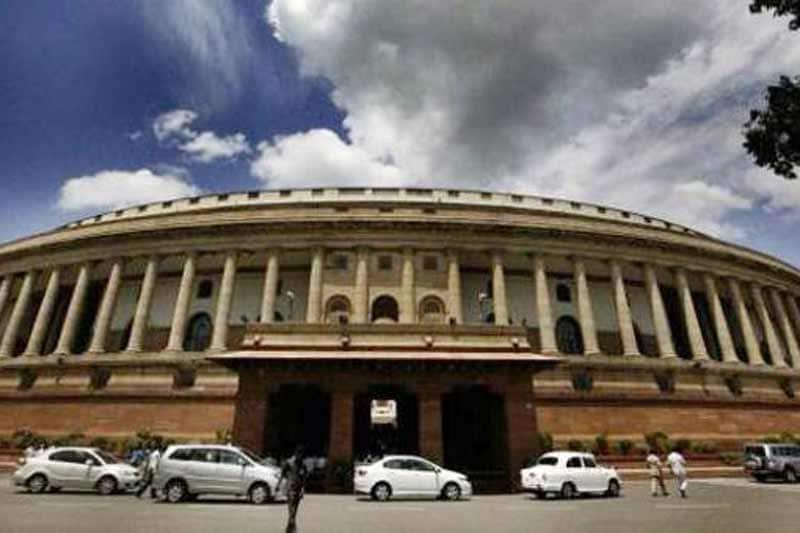
What is GST? How does it work? GST is one indirect tax for the whole nation, which will make India one unified common market. GST is a single tax on the supply of goods and services, right from the manufacturer to the consumer. Credits of input taxes paid at each stage will be available in the subsequent stage of value addition, which makes GST essentially a tax only on value addition at each stage. The final consumer will thus bear only the GST charged by the last dealer in the supply chain, with set-off benefits at all the previous stages. (Image Source: PTI)
-
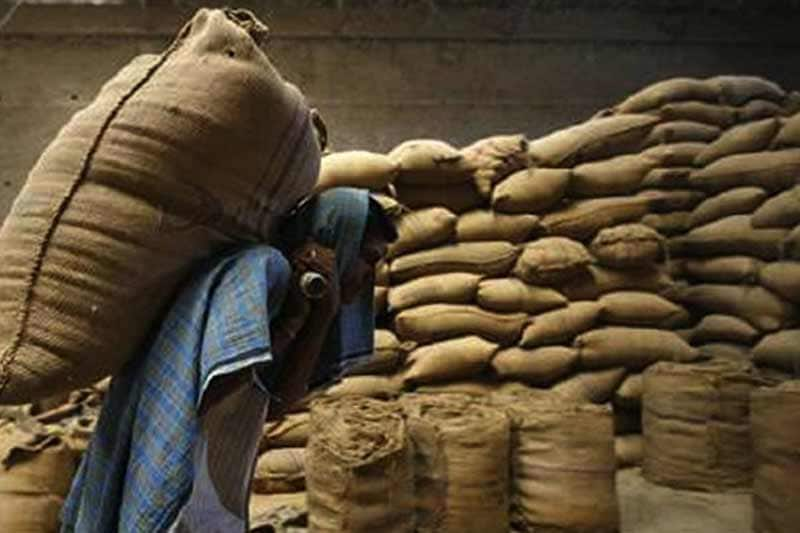
GST Bill FAQs: What are the benefits of GST? Answer: The benefits of GST can be summarized as under: FOR BUSINESS AND INDUSTRY – * Easy compliance; * Uniformity of tax rates and structures; * Removal of cascading; Improved competitiveness; Gain to manufacturers and exporters. FOR CENTRAL AND STATE GOVERNMENTS: * Simple and easy to administer; * Better controls on leakage; * Higher revenue efficiency. FOR THE CONSUMER: * Single and transparent tax proportionate to the value of goods and services; * Relief in overall tax burden. (Image Source: PTI)
-
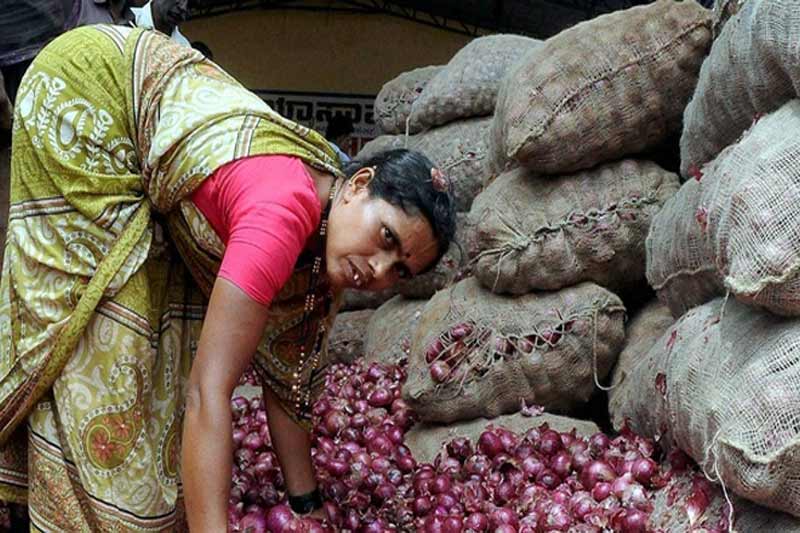
GST Bill FAQs: How would GST be administered in India? Keeping in mind the federal structure of India, there will be two components of GST – Central GST (CGST) and State GST (SGST). Both Centre and States will simultaneously levy GST across the value chain. Tax will be levied on every supply of goods and services. Centre would levy and collect Central Goods and Services Tax (CGST), and States would levy and collect the State Goods and Services Tax (SGST) on all transactions within a State. (Image Source: PTI)
-

So while the Congress may try and score points with the reform lobby and the common man in asking for a cap on rates, the fact is that if Jaitley does not go with the state finance ministers, he will have no GST.
-
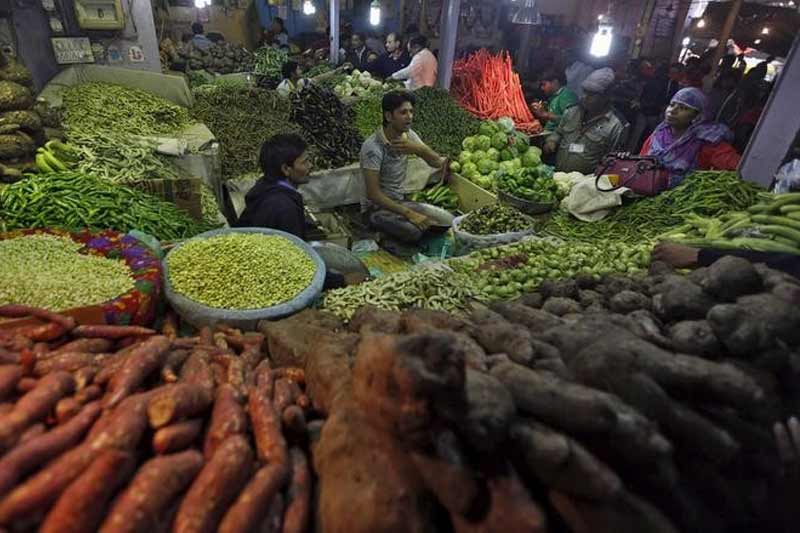
GST Bill FAQs: How will a taxpayer file income tax returns? A. Common return would serve the purpose of both Centre and State Government. B. There are eight forms provided for in the GST business processes for filing for returns. Most of the average tax payers would be using only four forms for filing their returns. These are return for supplies, return for purchases, monthly returns and annual return. C. Small taxpayers: Small taxpayers who have opted composition scheme shall have to file return on quarterly basis. D. Filing of returns shall be completely online. All taxes can also be paid online. (Image Source: Reuters)
-
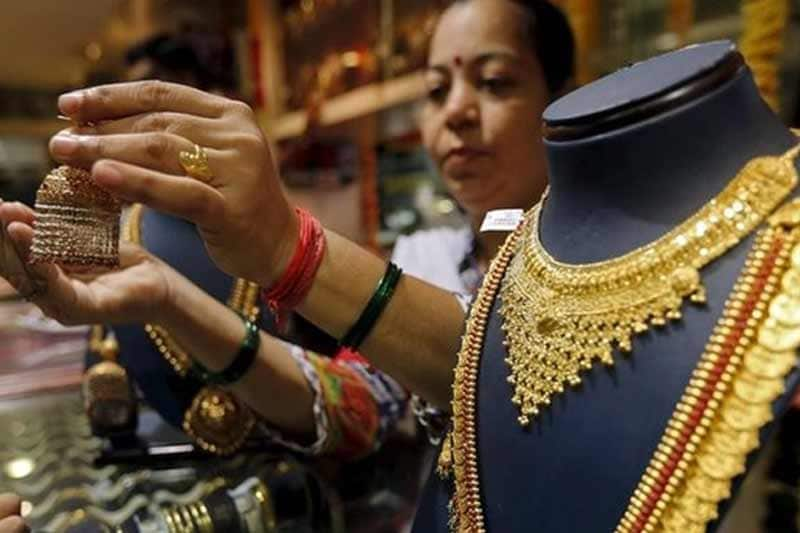
GST Bill FAQs: What are the major features of the proposed payment procedures under GST? Answer: The major features of the proposed payments procedures under GST are as follows: i. Electronic payment process- no generation of paper at any stage; ii. Single point interface for challan generation- GSTN; iii. Ease of payment – payment can be made through online banking, Credit Card/Debit Card, NEFT/RTGS and through cheque/cash at the bank ; iv. Common challan form with auto-population features; v. Use of single challan and single payment instrument; vi. Common set of authorized banks; vii. Common Accounting Codes. (Image Source: Reuters)

H-1B visa holder quits US Job, chooses canada after Green card roadblocks: ‘I was completely burned out’






